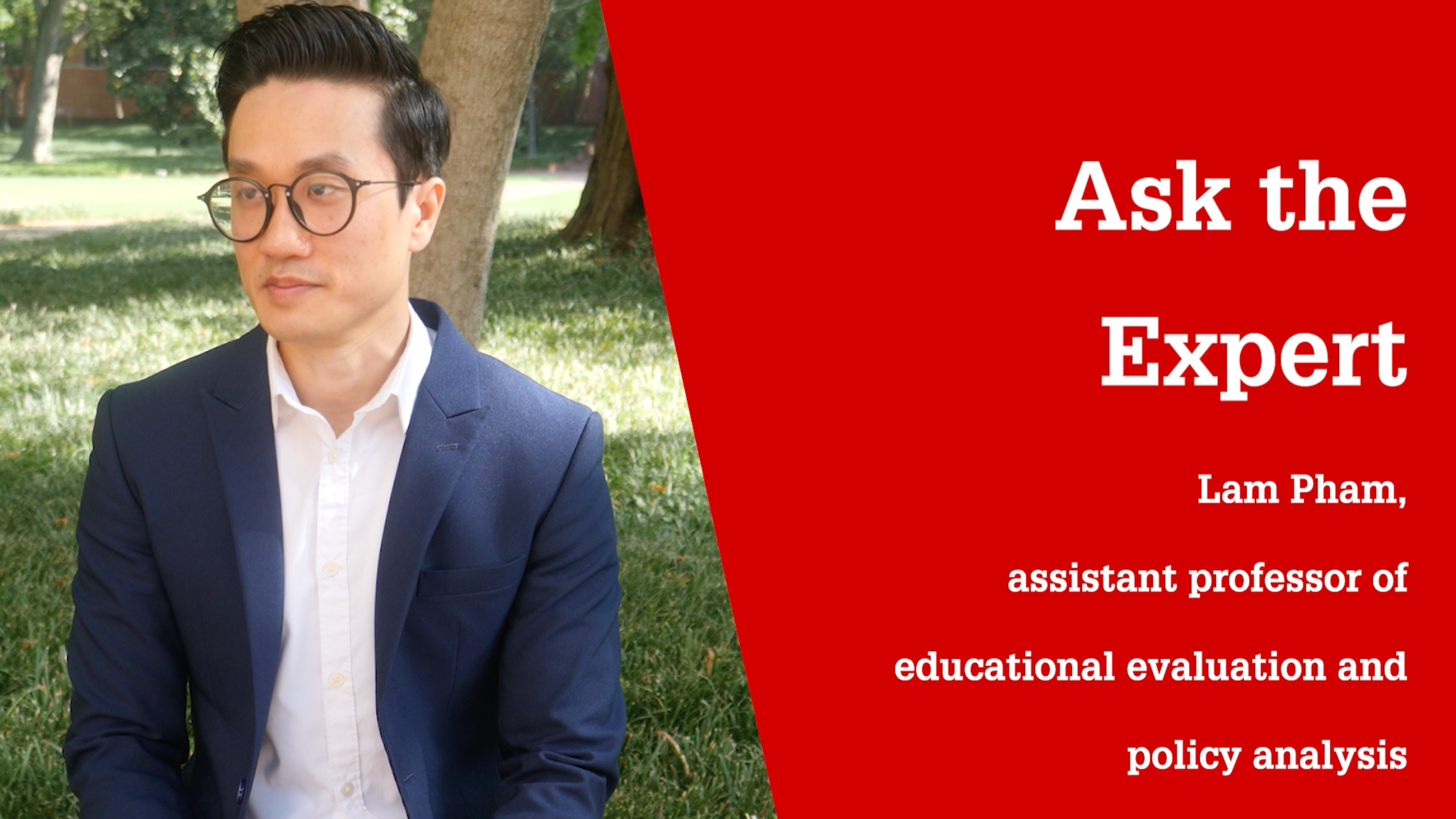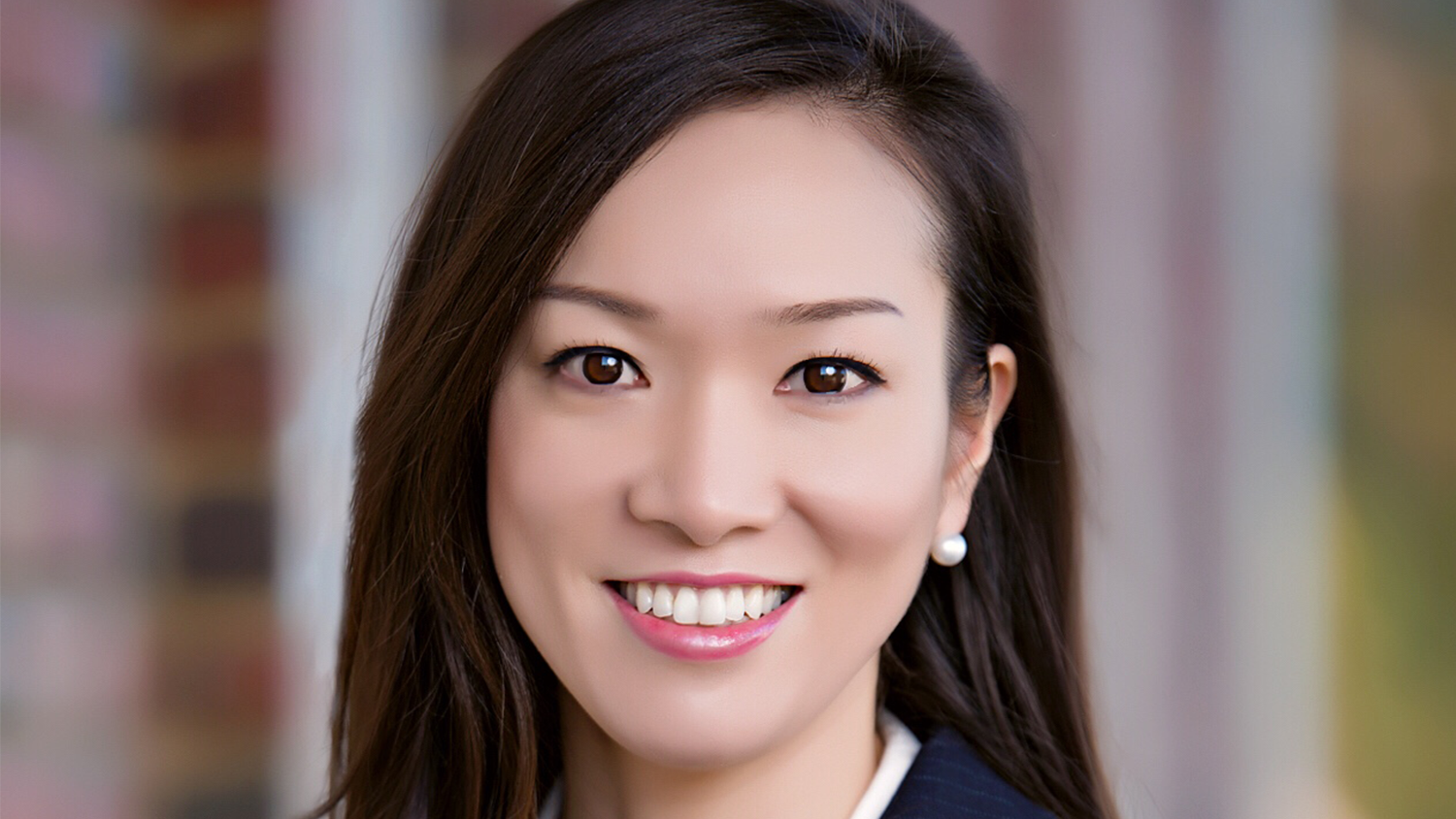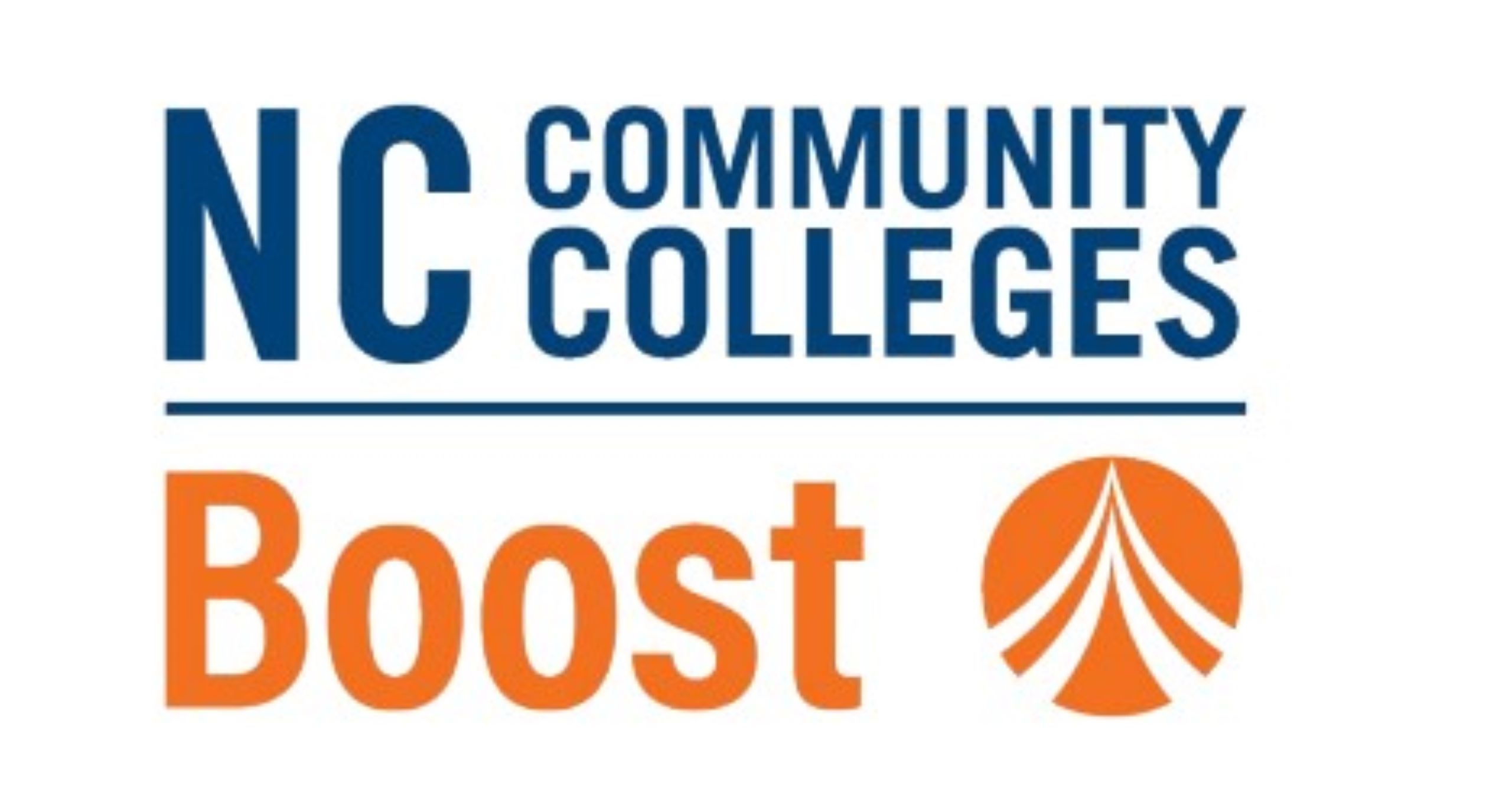How Can You Turn Around Low-Performing Schools? ‘Investing in Teachers and Principals Gives Our School Improvement Efforts a Much Better Chance of Success,’ Says Assistant Professor Lam Pham
All across the United States, there are schools that are considered to be low performing, and NC State College of Education Assistant Professor Lam Pham says that small interventions are not enough to improve student achievement. Instead, he said whole-school reform is required to turnaround chronically low-performing schools.
Schools that are considered for reform are usually those that are chronically low performing, meaning that they consistently rank among the bottom 5% of schools in terms of students performance for a minimum of three years.
Instead of interventions that only focus on teachers in a specific subject area or one aspect of the school, a whole-school reform, or turnaround effort, takes a holistic approach to addressing multiple factors that might be contributing to a school’s poor performance.
“Whole-school reform is this idea that we need to focus on the entire school, so we think about things like all the human capital in the school, the curriculum in the school and how long the school day is; all of those kinds of comprehensive interventions that can be put into place,” Pham said. “It can come from multiple sources of governance as well. We think about it from the federal level, the state level and the district level as well when implementing whole-school comprehensive reforms.”
What are the Impacts of Attending a Low-Performing School?
Pham, whose research focuses on school reform, said that research is clear about negative effects for students who attend chronically low-performing schools.
In addition to a majority of students consistently scoring among the bottom 5% on standardized tests, students who attend low-performing schools also typically experience higher rates of chronic absenteeism and lower rates of postsecondary enrollment and attainment.
Long-term, students who attended low-performing schools tend to have higher rates of teen pregnancy and often earn less in adulthood than their peers who attended higher-performing schools.
Low-performing schools are also often subject to high rates of turnover among teachers and principals, who report experiencing high levels of dissatisfaction and a desire to work at schools where they can feel better supported.
These impacts, Pham said, exacerbate an already existing problem for the students of low-performing schools, who are often already structurally disadvantaged.
“There’s an equity issue here because the lowest performing 5% of schools are often schools that serve our neediest students. These are often students who are from low-income and minoritized backgrounds who, in general, have the fewest resources before they even get to school,” he said.
While outcomes for school turnaround can be mixed and are impacted by school context and the specific intervention selected, Pham said school reforms can produce positive effects on students, but not always.
For example, students impacted by school turnaround often see an increase in standardized test scores in math as well as higher scores on non-high stakes tests, such as benchmark exams. However, many interventions have not produced improvements in graduation rates, student attendance or disciplinary outcomes.
This, Pham said, is not an indication that interventions don’t work, but a result of the fact that many reform efforts tend to focus on improving test scores.
“It’s not that the intervention can’t improve student outcomes, it’s that we’re disagreeing about what the best kind of student outcomes to focus on are,” Pham said. “I think that just means we need to think about what measures and metrics we want for our students and incentivize those.”
What Factors Need to be Considered in School Reform?
To engage in effective school improvement, Pham said policies often require that schools begin with a needs assessment. The process includes interviews with principals, teachers and parents as well as surveys of students and community members to determine what the most pressing issues for that specific school may be.
This is crucial, Pham said, as different problems will require different school improvement approaches.
“There are schools where students aren’t coming to school, but that’s a different problem from schools where students come to school but need a lot of emotional support. There are different problems, and we need to figure out what they are in order to figure out what interventions we need to put in place,” he said.
One common intervention is extending the learning time for students. This can take multiple forms depending on what works best for a particular district, but can result in extending the school day during the week, implementing a longer school year or even having students attend classes on the weekends.
While Pham acknowledges extended time in the classroom may leave less time for non-academic activities, which are equally important for students, extended learning time has been proven effective for reaching the goal of higher student achievement.
“In general, more time for students to spend in an instructional setting is helpful to student achievement. We believe that student achievement is quite important, so if that’s the goal – and it’s not always the only goal – but if that’s the goal, more learning time is better,” he said.
One crucial element of school reform, no matter the issues that exist, will be recruiting and retaining effective teachers. But, Pham said, schools must be careful about how they recruit new educators.
Chronically low-performing schools, Pham said, are often located near other low-performing schools. When an intervention effort targets just one low-performing school in the area, Pham’s research shows the low-performing school undergoing reform will often unintentionally recruit the most effective teachers away from other nearby low-performing schools.
“You would think they would just go out there into the wild, somewhere far away, and get effective teachers, but that’s not what happens,” he said. “What happens then is you’re just redistributing the teacher labor market in such a way that the one low-performing school is getting better teachers, but the other low-performing schools are suffering.”
One method for avoiding this outcome, Pham said, is supporting clusters of schools rather than just improving one school. This is part of the initiative that Pham will be studying through a grant-funded partnership with Charlotte-Mecklenburg Schools that aims to improve 10 of the district’s lowest-performing schools.
Pham’s work will examine not only the recruitment of effective teachers, but how the schools develop teachers who are already in the building and retain them.
“There are lots of important factors in school improvement. Resources are important, the school day is important but, in general, every day when I finish my research, I just think it’s teachers and principals [who have the biggest impact.],” Pham said. “Investing in teachers and principals gives our school improvement efforts a much better chance of success.”
- Categories:



